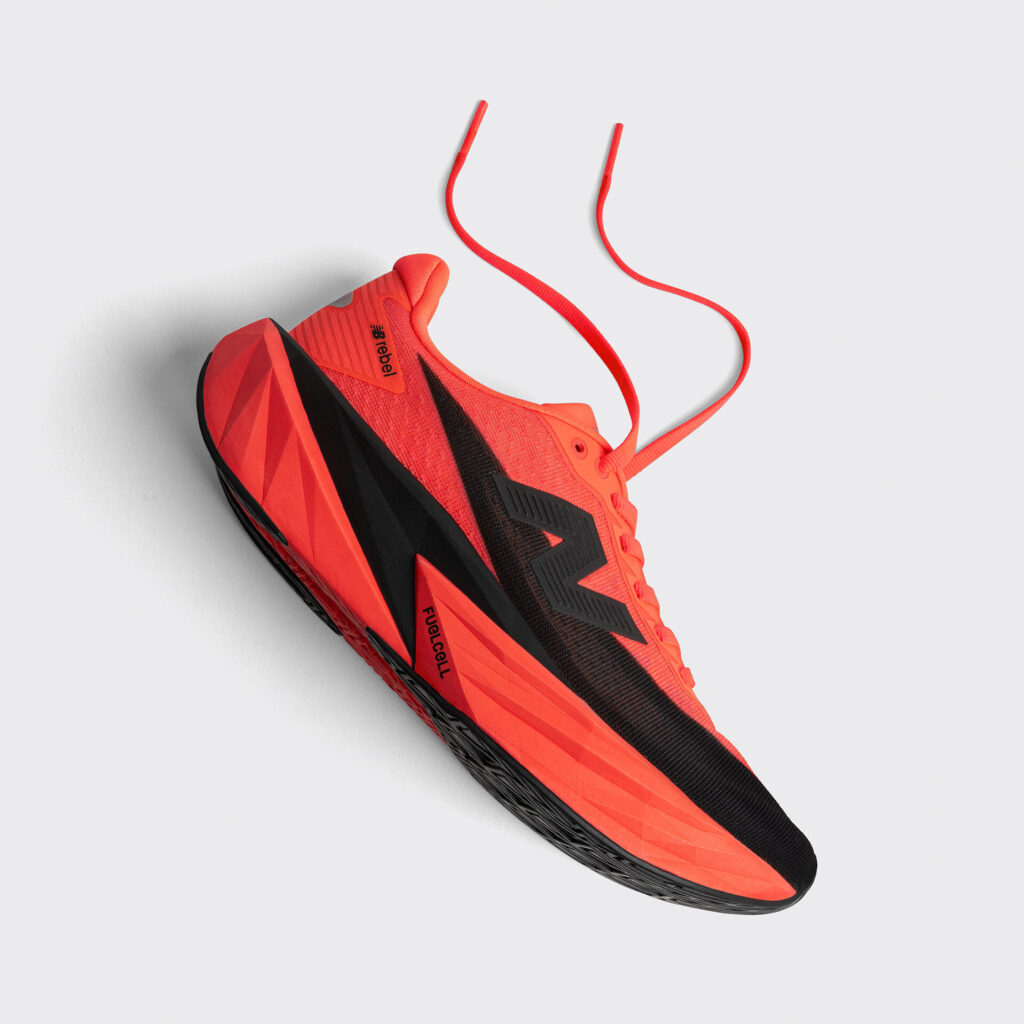You know fish is good for you, but shopping for it is dicey. Much of the fish behind the counter is mislabeled, or not exactly fresh. And even if you can trust the labels, there are just so many of them: Should you buy Australian or elsewhere? Wild-caught or farmed? Follow these six steps to guarantee you bring home the freshest, tastiest, and healthiest filet.
1. Keep the Skin On
Fish such as salmon, mackerel, and lake trout bring a healthy dose of omega-3s to the table. Skip the skin and you’re not maxing out on these good fats, says dietitian Robert Lazzinnaro. Chef Tenney Flynn of GW Fins crisps the skin this way: Melt butter in a pan over medium high. Scale the fish and score the skin in a crosshatch pattern; season both sides. Start skin side down; cook 3 to 4 minutes. Flip. Repeat. Eat.
2. Beware of Deception
A 2016 review by the advocacy group Oceana found that seafood worldwide was mislabeled 19 per cent of the time. That means you could be paying steep cod prices for cheap tilapia. The most commonly mislabeled varieties: Asian catfish, hake, and escolar. Ask the fishmonger where the fish is from and how it was caught. If they can’t answer, then they probably don’t know what they’re selling either.
3. Shop with Your Senses
First, take a look at the fish. Does the flesh or skin appear dry, dull, or dehydrated? If it’s sold whole, are the eyes murky or cloudy? These are all telltale signs that a fish has been sitting behind the glass for too long, says Eddy. Then ask to smell the fish. Yes, smell it. “Fresh seafood has a briny smell, like the ocean. It does not smell fishy,” Eddy says. If it has a pungent funk, that’s a sign of bacterial decay. Throw it back.
4. Buy the Farm – Sometimes
“Wild caught” used to be the nutritional gold standard. But some farmed seafood, especially shellfish like mussels and clams, can deliver big on nutrition. Plus, they’re sustainable, according to the nonprofit Monterey Bay Aquarium Seafood Watch program. One exception: salmon. A 2016 British study found that farmed salmon’s payload of heart-healthy omega-3 fatty acids could be as low as half that of wild-caught salmon.
5. Ice That Baby
Fish spoils easily unless it’s properly chilled. So bring a cooler and ice packs to the store if you’re planning to buy seafood. When you get back home, place your catch (still in its wrapping) in a bowl of ice and stash it in the refrigerator. “For every few degrees over 0°c , you shorten the shelf life of the fish by half,” says Flynn. If the ice melts, repeat the process. Ideally, however, you should eat fresh fish the same day you buy it, Flynn says.
This article was originally published on MensHealth.com













